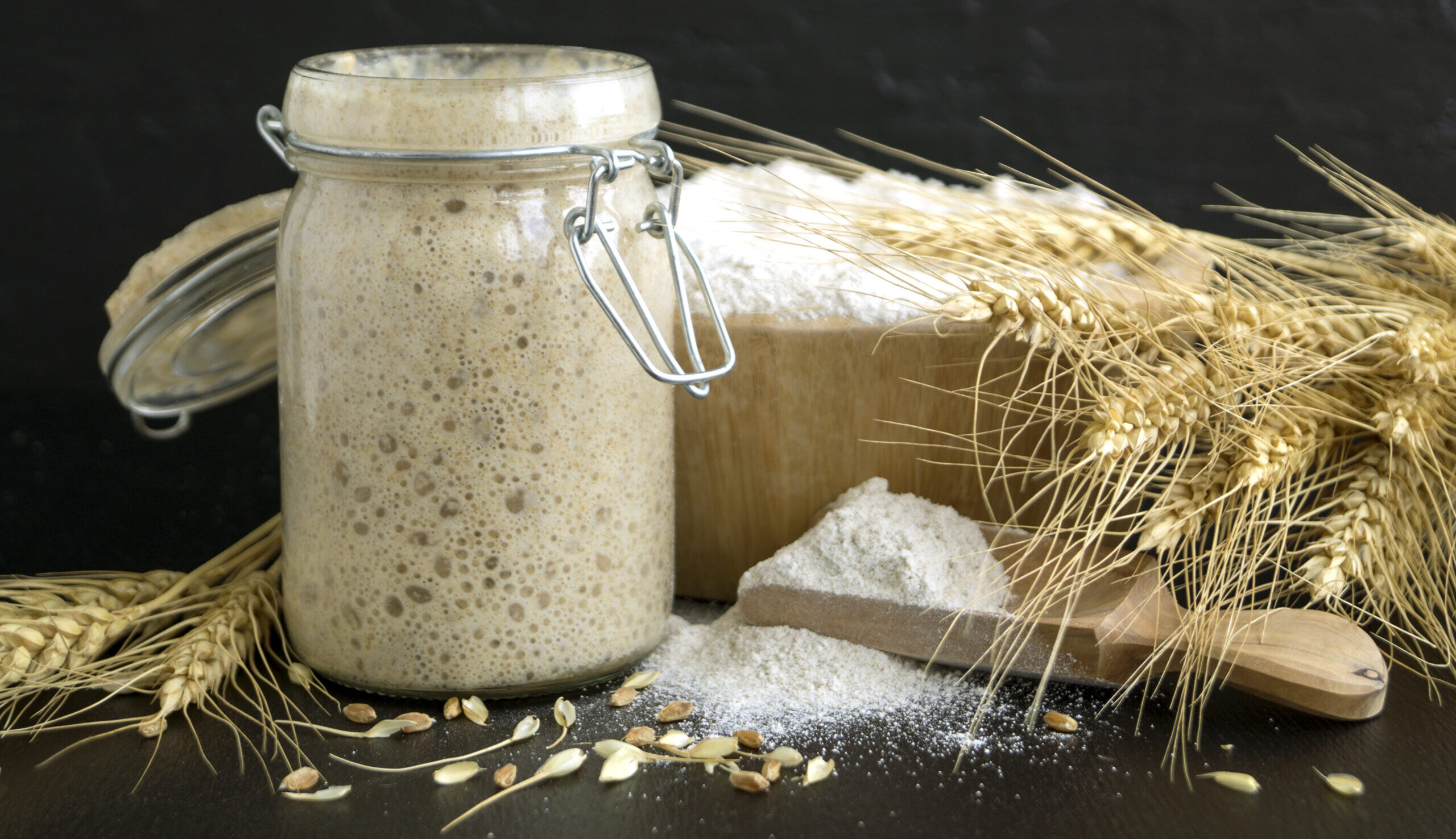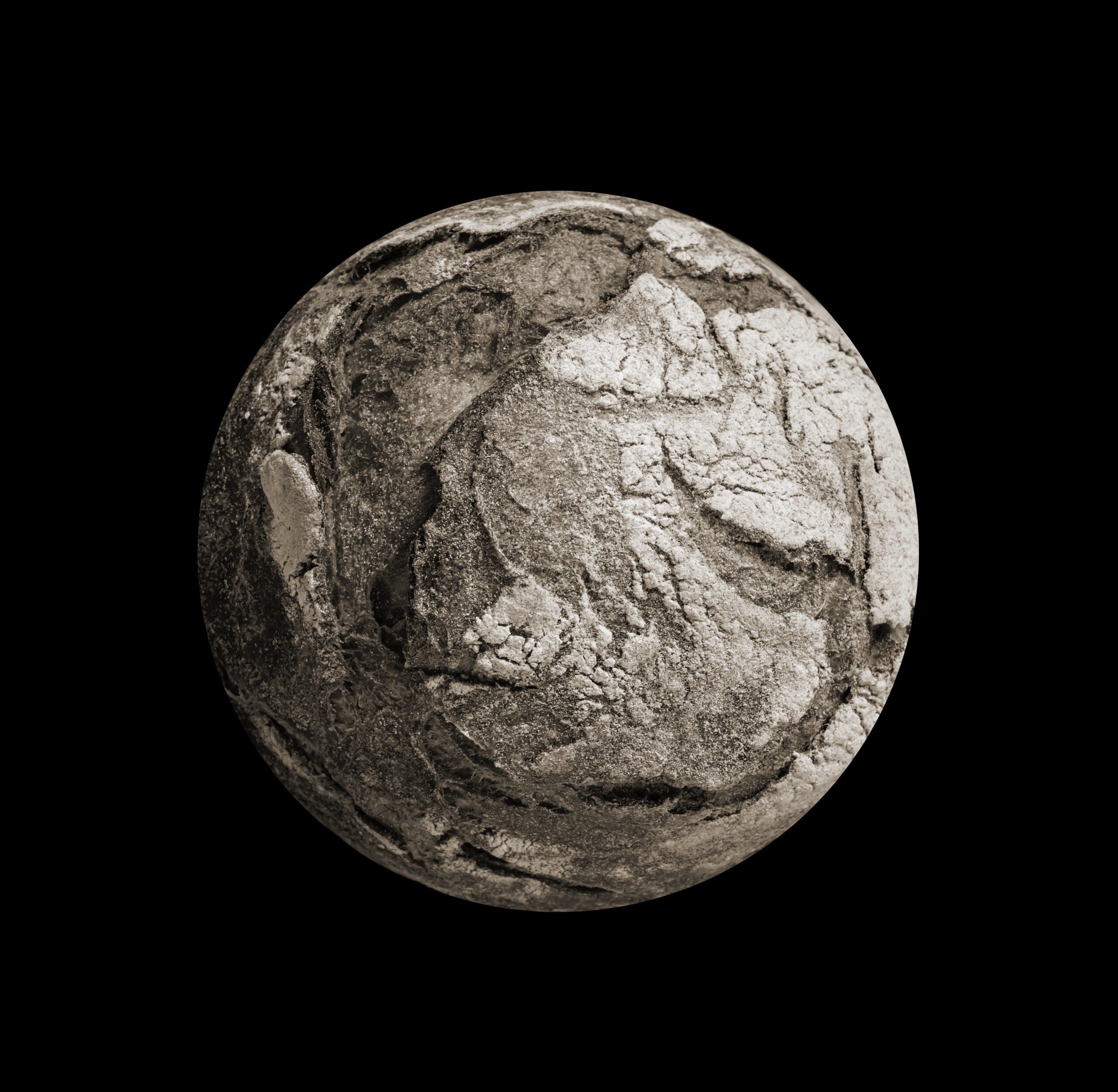Science is all around us, especially on the holidays

By Cameron Schneider
More than meets the rye
Bread – in all its forms – is a common food in many households. There are several methods to make bread but a common one involves the use of yeast. The process of making bread with yeast is a cool way to examine and experience science at home – not to mention delicious!
What you knead to know
Bread is a type of food that has existed for a long time throughout human history. Across different cultures bread appears in many different shapes and names. For example, flatbread is one of the oldest forms of bread. Versions of flatbread have existed in the Middle East, Africa, Europe, and beyond for thousands of years. Like most types of bread, flatbread is made with simple ingredients such as flour, milk or water, and salt. However, other kinds of bread use ingredients such as yeast to create bread that is fluffier and softer than flatbread.
A feast for yeast
So, what exactly is yeast and what is its function in the process of making bread? Yeast is defined as a single-cell, fungal microorganism, which basically means it is a very small form of life – like moss or mold.
There are different types of yeast that exist all around us, but the yeast that is added to bread is known simply as baker’s yeast. Baker’s yeast often comes in a dried form and is added to dough to make it rise and create bread with an airy texture. However, in order to make bread rise dried yeast first needs two important things: warmth and sugar.
Yeast needs warmth in order for it to do its job in bread. Warm water is often used with dried yeast to raise it to a temperature where it can work well. Also, just like all living things, yeast needs food in order to function – specifically sugar. In bread dough, there are lots of sugars for the yeast to eat – in the flour and any other added sugars. As it eats the sugar, yeast creates a chemical called carbon dioxide which creates many small air bubbles in bread dough and causes it to rise. This process is called fermentation.

Once the fermentation process is completed, the dough can go into the oven to bake. The yeast that was used in the dough creates an airy and light texture in the baked bread – a tasty result thanks to science.
Last but not yeast!
You may have thought before that there was not much science in bread, but without chemical or biological reactions the loaf of bread on your counter or the rolls on your dinner table would look a lot different.
Bread is just another small example of how science is all around us – even in places we would least expect it!




